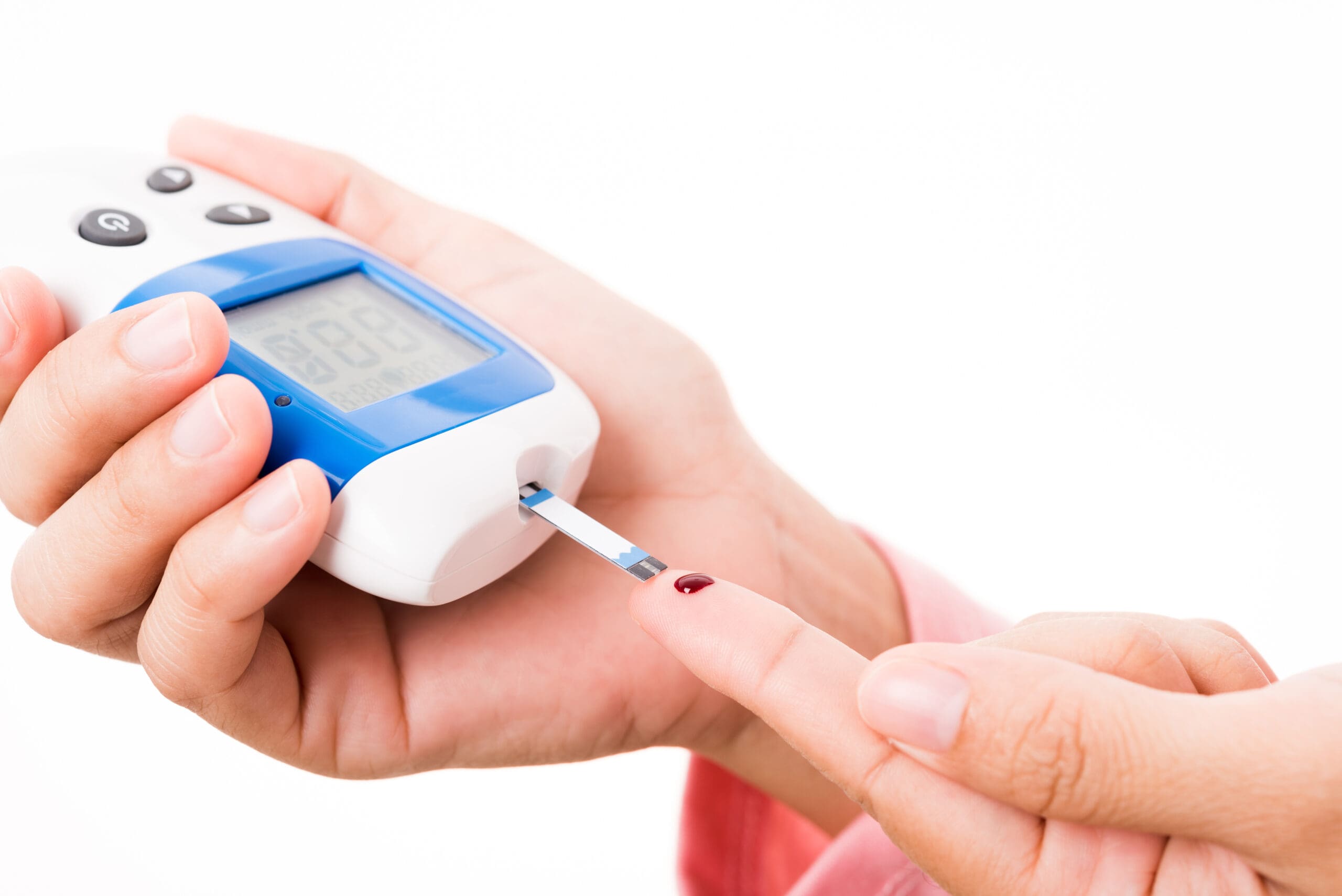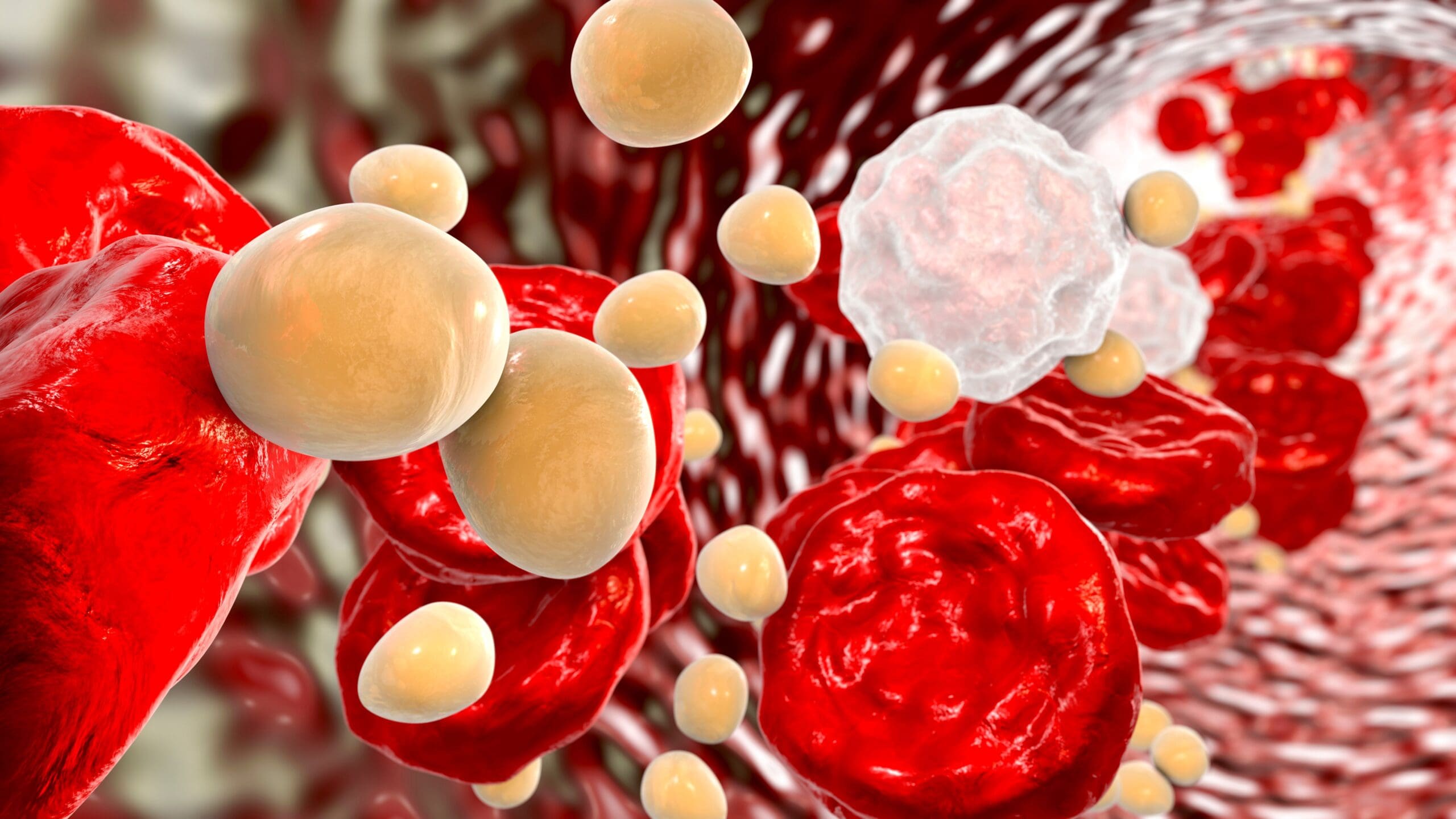Dietary Guidelines for adult men and women on the Australian government’s Healthy Weight website advise that we should be eating between 6 and 8 serves of breads, cereal, pasta and rice every day. This translates into rather a lot of wheat based products throughout the day – starting with cereal or toast for breakfast, the mid-morning muesli bar, wholegrain sandwich for lunch, a couple of biscuits with afternoon tea and then pasta and perhaps a garlic bread to go with it for dinner.
If eating such high levels of wholegrains really is the healthiest diet for us, why are so many people finding that their fasting blood sugar levels are starting to rise quite significantly? Why are more and more people carrying excess weight around their abdomen? Have you noticed that, despite eating what you have been told is a healthy, food pyramid endorsed-diet and adding in some exercise, nothing you seem to do will get rid of that roll of belly fat?
Of course, there are a lot of people who don’t follow healthy eating guidelines and they enjoy deep fried foods along with wholegrains, or bowls of ice-cream after a dinner of chicken, wholegrain pasta and vegetables. Combining fat with carbs is a guaranteed way to gain weight; no surprises there. However, there are people who are very conscientious about their dietary habits and always choose the wholegrain option, along with skim milk, canned tuna in springwater and fat free chicken breasts, yet still can’t lose weight and don’t know why.
Quite apart from the rising problem of gluten intolerance from wheat based products for many people, the overeating of wholegrains seems to be a large part of the reason for the Type 2 Diabetes epidemic.
The wheat that our ancestors harvested was vastly different from the “wheat” we consume today. Thousands of years ago, we ate something called einkorn, or farro, wheat. Einkorn is a German word meaning one kernel – this refers to the single kernel per spikelet on the head of the grain plant.
Today, the wheat we eat is genetically very different to the tall, willowy blond plant we first harvested for food. In fact, it is so different that it has earned itself a nickname – “Frankenwheat” – the name based on Mary Shelley’s book about Frankenstein who was a monster man put together from random body parts and brought to life with electricity.
Some 50 years ago, in an attempt to make wheat disease resistant with greater yields, selective cross-breeding and hybridisation created a much shorter, stockier plant with a heavier seedbed. Many researchers and integrative medicine doctors believe that it is this new breed of wheat which has contributed to the rise in coeliac disease / gluten sensitivity.
In 2010, Netherlands Plant Research International revealed that this modern wheat contains much more of the gluten proteins which fuel coeliac disease when compared to the wheat which was grown over a century ago. Their study also showed that the increased consumption of wheat and gluten is considered a major cause of this significant increase in coeliac disease. And this super gluten wheat is also a super starch – full of a dense starch called amylopectin A. It is this starch that is a baker’s best friend – it makes cakes, bread and pastries richer and fuller however it can also cause blood sugar spikes and abdominal belly fat.
Many doctors and researchers believe that it is this Frankenwheat that is the reason we have seen such an epidemic rise in Type 2 diabetes over the past few decades.
Dr William Davis, cardiologist and author of Wheat Belly, tells us that amylopectin A is more easily converted to simple sugar than even table sugar is. Did you know that eating two slices of wheat toast will increase your blood sugar levels even more than eating a bar of chocolate would?
It is also worth noting that modern wheat contains particular wheat polypeptides called gluteomorphins which trigger the parts of your brain that feel pleasure, causing an opiate-like response every single time you eat a food containing wheat. So now, not only do you have Frankenwheat constantly raising your insulin levels and thus making your store more and more belly fat, you become addicted to it – yes, just like a drug – and you will crave it. Just think of how hard it is to stop at eating only one biscuit when you open the packet . . . many people end up eating way more than they planned to!
But wait. . . there is more bad news about how the super starch in modern wheat effects us. It is thought to cause widespread inflammation throughout your entire body. When your blood sugar levels are raised so much, your blood becomes more acidic and inflammatory. And, medical researchers now agree, it is this inflammation which is behind many, if not all, disease states – including cancer.
So, what can you do?
Stop eating wheat products. Whoa! I bet you are thinking that this is a big call and probably way too hard . . . but why not try it for two weeks and see how you feel? This is especially good advice for those of you who may already suffer with Type 2 diabetes, abnormal blood sugar, abdominal belly fat that just won’t budge, bloating, diarrhoea and/or cramps. Make sure you check the labels of any processed foods to ensure they do not contain any wheat (perhaps try not eating processed foods for the two week period and I am sure you will feel even better!)
If you are worried that you won’t get enough fibre by giving up wheat products, don’t worry – fruit, vegetables and legumes will provide all you need. I recommend that you increase your intake of water and herbal tea as well.
These days, with access to an amazing amount of information on the internet, you can easily do your own research and make more informed decisions – please be proactive with your health. There are so many delicious recipes available which are healthy for you and your family so leave processed wheat products behind and embrace a healthier, happier life.








Leave A Comment